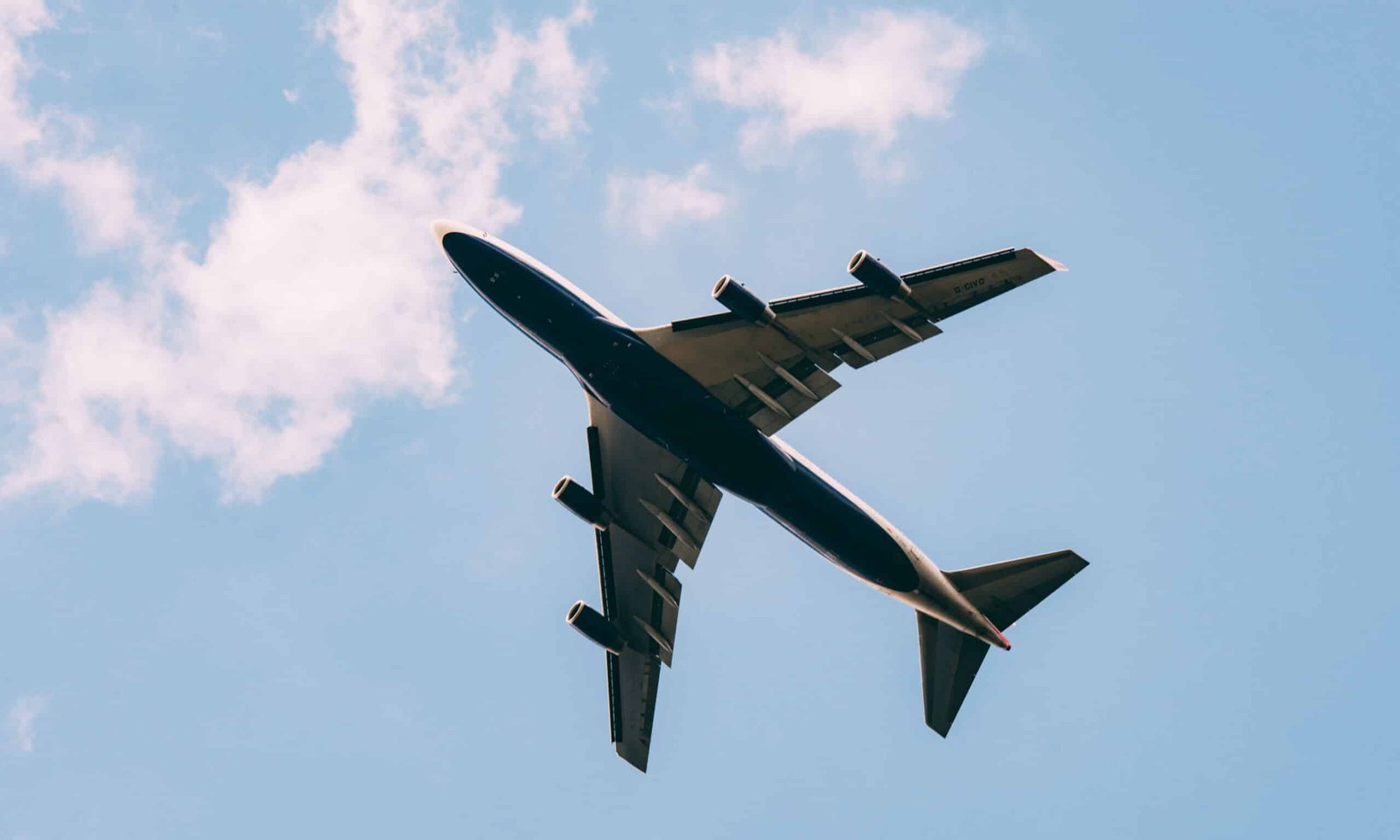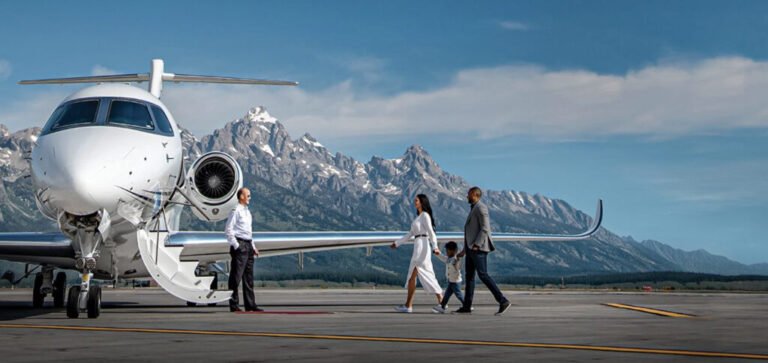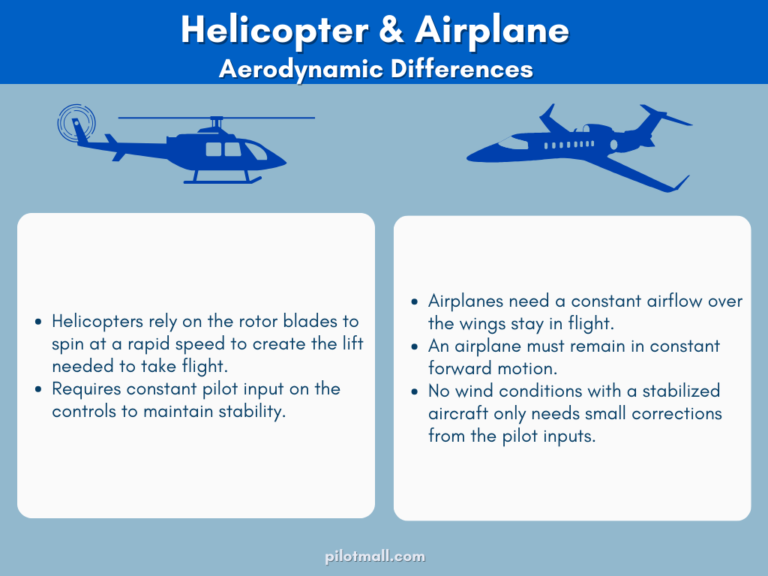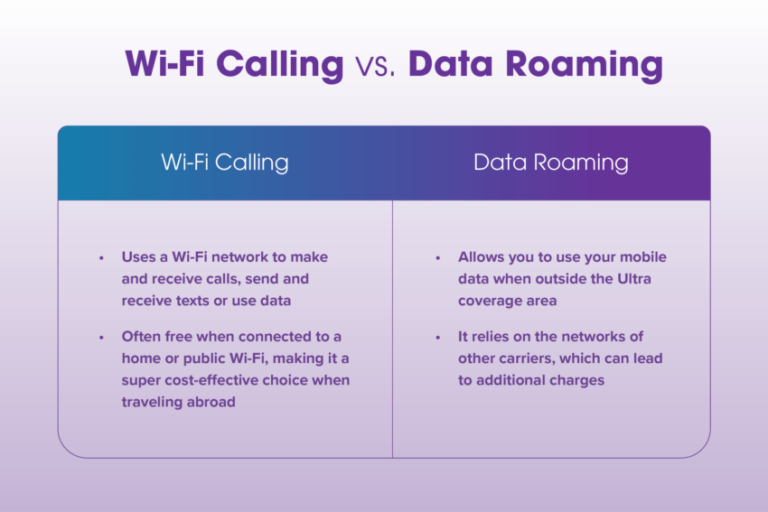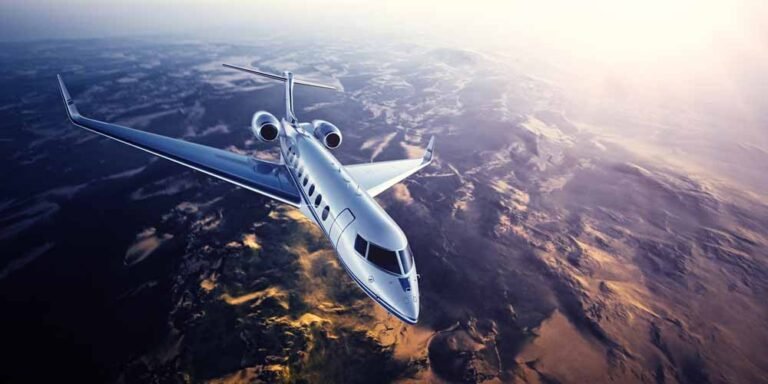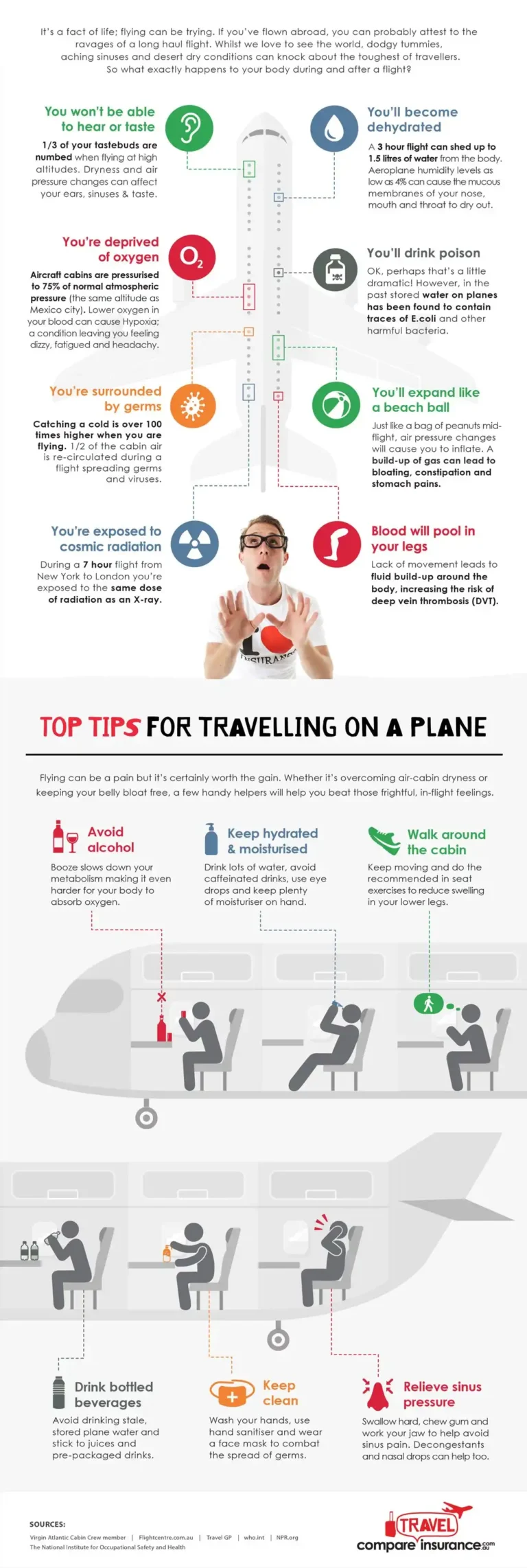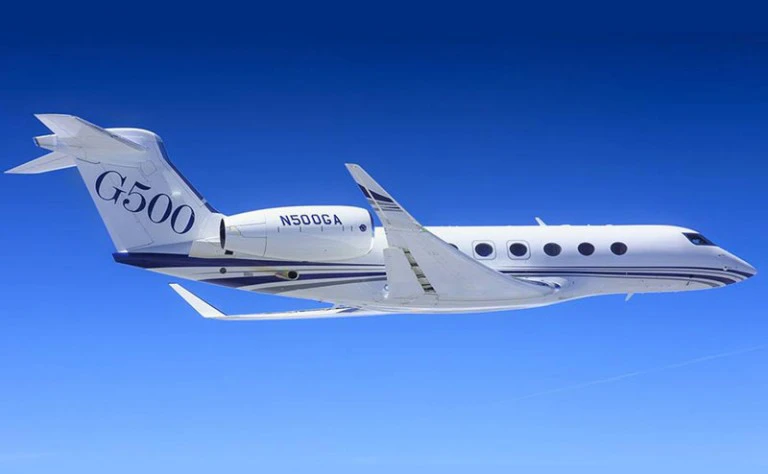What are the Benefits of the Changes to Planes And Air Travel
Air travel has transformed in recent years. This brings several benefits for travelers.
Modern changes in planes and air travel have made flying more efficient and comfortable. Enhanced safety measures and technology upgrades ensure a smoother journey. These improvements cater to both frequent flyers and occasional travelers. With advanced in-flight entertainment, better seating, and improved services, the experience of flying has greatly improved.
Environmental advancements also aim to reduce the carbon footprint of air travel. The changes in air travel focus on making flights more pleasant and sustainable. So, next time you book a flight, remember these positive changes designed to enhance your travel experience.

Credit: m.youtube.com
Technological Advancements
Technological advancements in aviation have brought significant benefits to air travel. These changes have improved efficiency, safety, and the overall experience for passengers. Below, we explore the modern aircraft design and enhanced safety features that have emerged from these advancements.
Modern Aircraft Design
Modern aircraft design has evolved dramatically. Engineers use lightweight materials like carbon composites. These materials reduce fuel consumption. This makes air travel more environmentally friendly. Additionally, new engines are quieter and more efficient. This decreases noise pollution and operational costs.
The interiors of aircraft have also seen improvements. Cabin layouts are more spacious and comfortable. Advanced air filtration systems ensure cleaner air. In-flight entertainment systems offer a wide range of options. Passengers can enjoy a more pleasant flight experience.
| Benefit | Description |
|---|---|
| Fuel Efficiency | Lightweight materials reduce fuel consumption. |
| Noise Reduction | Quieter engines decrease noise pollution. |
| Passenger Comfort | Spacious cabins and better air quality. |
Enhanced Safety Features
Safety in air travel has improved thanks to advanced technology. Modern planes come with better navigation systems. These systems provide real-time data to pilots. This helps them avoid bad weather and turbulence. Automated systems also play a crucial role. They monitor the aircraft’s performance continuously.
Another key feature is collision avoidance technology. It alerts pilots to potential hazards. These features ensure safer flights for everyone. The use of advanced materials also contributes to safety. These materials are stronger and more durable. They can withstand extreme conditions, adding an extra layer of security.
- Real-time navigation data
- Automated performance monitoring
- Collision avoidance technology
- Strong and durable materials
Fuel Efficiency
Fuel efficiency is a significant focus in modern air travel. Advances in technology have led to more efficient planes. These changes benefit both the environment and the economy.
Eco-friendly Engines
Modern aircraft engines are now more eco-friendly. They use advanced materials and designs. These engines burn less fuel while providing the same power. This means fewer emissions and a cleaner environment.
Engine manufacturers are also using new technologies. For example, they are using lightweight materials. These materials make the engines lighter and more efficient. Overall, eco-friendly engines help reduce fuel consumption and emissions.
Reduced Carbon Footprint
Airlines are committed to reducing their carbon footprint. They are investing in new, fuel-efficient planes. These planes produce fewer greenhouse gases. This helps combat climate change and protects the planet.
Fuel-efficient planes also reduce operational costs. Airlines can save money on fuel. This can lead to cheaper ticket prices for passengers. A win-win for both the environment and travelers.
| Benefit | Impact |
|---|---|
| Less fuel consumption | Reduces operational costs |
| Fewer emissions | Cleaner environment |
| Lightweight materials | Increased efficiency |
Passenger Comfort
Passenger comfort is becoming a priority in modern air travel. Airlines are making significant changes to ensure a more pleasant experience. These changes include more spacious seating and improved in-flight amenities.
Spacious Seating
One of the most noticeable changes is more spacious seating. Airlines are increasing legroom and seat width. This allows passengers to stretch out and relax. The extra space reduces the feeling of being cramped. It also makes long flights more bearable.
Many airlines are also upgrading their seating materials. They are using softer cushions and more ergonomic designs. This helps to reduce fatigue and discomfort during the flight.
Additionally, some airlines are introducing adjustable headrests and footrests. These features provide extra support and comfort. They help passengers find their perfect sitting position.
Improved In-flight Amenities
Airlines are also enhancing their in-flight amenities. Passengers can now enjoy better entertainment options. Many planes have larger screens and a wider selection of movies and TV shows. Some airlines even offer live TV and on-demand content.
Wi-Fi access is becoming more common and reliable. This allows passengers to stay connected during their flight. They can browse the internet, check emails, or even stream videos.
Airlines are also upgrading their food and beverage services. Passengers can enjoy a wider variety of meal options. Many airlines now offer special dietary choices, such as vegetarian, vegan, or gluten-free meals.
Additionally, some airlines are introducing new features like mood lighting. This helps to create a more relaxing atmosphere in the cabin. It can also help reduce the effects of jet lag.
In summary, these changes are making air travel more comfortable for passengers. Spacious seating and improved in-flight amenities are key factors in enhancing the flying experience.

Credit: hoyletanner.com
Faster Travel Times
Air travel has become more efficient. One major improvement is faster travel times. This means less time spent in the air and on the ground. Many advancements contribute to this. Two key factors are advanced navigation systems and optimized flight routes.
Advanced Navigation Systems
Advanced navigation systems guide planes more efficiently. These systems use satellite technology. This improves accuracy and reduces delays. Modern planes can follow precise paths. This means shorter flight durations.
The benefits of advanced navigation systems include:
- Improved flight safety.
- Reduced fuel consumption.
- More direct flight paths.
Airlines save time and money. Passengers enjoy quicker journeys. Advanced navigation systems are a key part of faster travel times.
Optimized Flight Routes
Optimized flight routes are designed for speed. Airlines use data to plan the best paths. This considers weather and traffic. The result is a smoother and faster flight.
The main advantages of optimized flight routes are:
- Less air traffic congestion.
- Shorter distances traveled.
- Fewer delays.
Optimized routes help planes avoid busy skies. This leads to faster travel times. Passengers reach their destinations quicker.
Both advanced navigation systems and optimized flight routes are essential. They contribute to faster travel times and a better travel experience.
Cost Savings
Changes in planes and air travel have led to significant cost savings for airlines and passengers. These adjustments impact various aspects of the industry, resulting in more efficient operations and affordable travel options. Here, we explore two primary areas where these savings manifest: lower operational costs and affordable ticket prices.
Lower Operational Costs
The latest advancements in aircraft design and technology contribute to lower operational costs. Modern planes are more fuel-efficient, reducing the overall fuel expenses for airlines. Additionally, new materials make planes lighter, further cutting down on fuel use.
Airlines also benefit from improved maintenance procedures. Predictive maintenance technology helps identify potential issues before they become costly problems. This proactive approach minimizes downtime and extends the lifespan of aircraft parts.
Another factor is the adoption of more efficient flight routes. Advanced navigation systems and better traffic management allow planes to fly more direct paths, saving time and fuel. This efficiency translates into lower costs for airlines, which can be passed on to passengers.
Affordable Ticket Prices
With reduced operational expenses, airlines can offer affordable ticket prices. The savings from fuel efficiency, maintenance, and efficient routes help airlines lower fares without sacrificing service quality.
Additionally, increased competition in the airline industry drives prices down. More airlines are entering the market, providing passengers with more choices and competitive pricing. As a result, travelers can enjoy lower fares and more options when booking flights.
Passengers also benefit from simplified pricing structures. Many airlines now offer tiered pricing models, allowing customers to choose the level of service that fits their budget. This flexibility ensures that everyone can find a ticket that meets their needs and financial constraints.
| Factors | Impact on Costs |
|---|---|
| Fuel Efficiency | Reduces fuel expenses |
| Lightweight Materials | Decreases fuel consumption |
| Predictive Maintenance | Minimizes downtime and repairs |
| Efficient Flight Routes | Saves time and fuel |
Enhanced Connectivity
Air travel has seen many changes, bringing about numerous benefits. One of the most significant improvements is enhanced connectivity. This means more direct flights and expanded global networks. These changes make it easier and faster to travel between cities and countries.
More Direct Flights
Airlines now offer more direct flights than ever before. This reduces the need for layovers and connecting flights. Passengers can reach their destinations faster. Direct flights are more convenient and save time.
Here are some benefits of more direct flights:
- Reduced travel time: Direct flights cut down on travel duration.
- Less hassle: No need to change planes or navigate different airports.
- Increased comfort: Fewer take-offs and landings mean a smoother journey.
- Lower risk of lost luggage: Direct routes reduce the chances of misplaced bags.
Expanded Global Networks
Airlines have also expanded their global networks. This allows passengers to travel to more destinations. New routes and partnerships between airlines make this possible.
The benefits of expanded global networks include:
- More travel options: Access to a wider range of destinations.
- Improved flight availability: Easier to find flights that fit your schedule.
- Better connectivity: Seamless travel between different parts of the world.
- Enhanced customer experience: More choices lead to better service and satisfaction.
Enhanced connectivity in air travel brings significant advantages. More direct flights and expanded global networks make travel easier and more efficient. Passengers can enjoy faster, more comfortable journeys to a wider range of destinations.
Sustainable Practices
Air travel has seen numerous changes aimed at promoting sustainable practices. These efforts help reduce the environmental impact and promote a greener future. The aviation industry has adopted several sustainable practices to achieve these goals. Let’s explore two key areas: Recycling initiatives and the Use of biofuels.
Recycling Initiatives
Airlines have embraced recycling initiatives to cut down on waste. They have implemented programs to recycle materials like plastic, aluminum, and paper. Many airlines now provide separate bins for passengers to dispose of recyclables. This simple step makes a big difference.
Some airlines even recycle used uniforms and old airplane parts. This practice helps reduce the demand for raw materials. Below is a table showcasing common recycling practices in the aviation industry:
| Material | Recycling Practice |
|---|---|
| Plastic | Separate bins for passenger use |
| Aluminum | Recycling of cans and food containers |
| Paper | Recycling of newspapers and magazines |
| Uniforms | Recycling of old uniforms |
| Airplane parts | Reusing and recycling old parts |
Use Of Biofuels
Biofuels have emerged as a cleaner alternative to traditional jet fuel. Airlines are increasingly using biofuels to power their flights. Biofuels are made from renewable resources like plant oils and waste products. They produce fewer carbon emissions compared to conventional fuels.
Several airlines have started using biofuel blends on select routes. This helps reduce their carbon footprint. The table below highlights the benefits of using biofuels in aviation:
| Benefit | Description |
|---|---|
| Lower Emissions | Biofuels emit fewer greenhouse gases. |
| Renewable Resource | Biofuels are made from renewable materials. |
| Waste Reduction | They utilize waste products. |
| Energy Security | Reduces dependence on fossil fuels. |
By implementing recycling initiatives and using biofuels, airlines contribute to a more sustainable future. These practices not only benefit the environment but also create a positive image for the aviation industry.

Credit: news.delta.com
Improved Airport Experience
Air travel has seen significant changes recently. One of the most noticeable improvements is the airport experience. Passengers now enjoy smoother and faster processes, making their journey more pleasant.
Streamlined Security
Airports have implemented advanced technology to streamline security checks. New scanning devices reduce the need for manual inspections. This means shorter waiting times for travelers. Additionally, many airports now use biometric systems. These systems use facial recognition to verify identities quickly and accurately.
Another benefit is the pre-check programs. Passengers who enroll in these programs can skip long lines. They go through special lanes, making the security process much faster.
Efficient Boarding Processes
The boarding process has also become more efficient. Airlines use digital boarding passes. Passengers can download these passes on their phones. This reduces the need for paper tickets and speeds up the boarding process.
Priority boarding options are now available for different groups. Families with children, elderly passengers, and first-class travelers can board first. This organized approach helps avoid congestion at the gate.
Many airlines also use zone-based boarding. Passengers board in small groups based on their seat numbers. This ensures a smooth and quick boarding process.
| Improvement | Benefit |
|---|---|
| Advanced Scanning Devices | Reduces manual inspections and waiting times |
| Biometric Systems | Quick and accurate identity verification |
| Pre-check Programs | Allows skipping long lines |
| Digital Boarding Passes | Speeds up boarding process |
| Priority Boarding | Avoids gate congestion |
| Zone-based Boarding | Ensures smooth and quick boarding |
These changes to airport processes enhance the overall travel experience. Passengers now spend less time waiting and more time enjoying their journey.
Frequently Asked Questions
What Are The New Changes To Air Travel?
The new changes to air travel include improved safety protocols, enhanced passenger experience, and advanced technology. Airlines are adopting contactless check-ins, better air filtration systems, and more efficient boarding processes to ensure a safer and more comfortable journey.
How Do These Changes Benefit Passengers?
These changes benefit passengers by providing a safer, more efficient, and comfortable travel experience. Enhanced safety measures and technology reduce health risks, while streamlined processes save time and improve overall satisfaction.
Are There Any Environmental Benefits?
Yes, the new changes to planes and air travel offer environmental benefits. Modern aircraft are designed to be more fuel-efficient, reducing carbon emissions. Additionally, airlines are investing in sustainable practices and alternative fuels to minimize their environmental impact.
Will These Changes Affect Ticket Prices?
Ticket prices may vary with the implementation of new changes. While some enhancements might lead to increased costs, efficiencies and improved operations could balance or even lower overall ticket prices.
Conclusion
Embracing the new changes in air travel offers many benefits. Faster check-ins. More comfortable seats. Improved safety measures. All these changes create a better flying experience. Travelers now enjoy smoother and less stressful journeys. Airlines strive to offer more value and efficiency.
These updates make flying more accessible and enjoyable. The future of air travel looks bright and promising. So, pack your bags and enjoy the skies. Safe travels!

